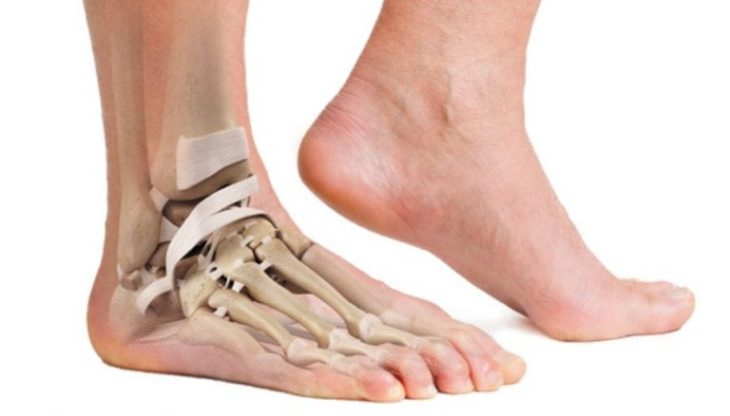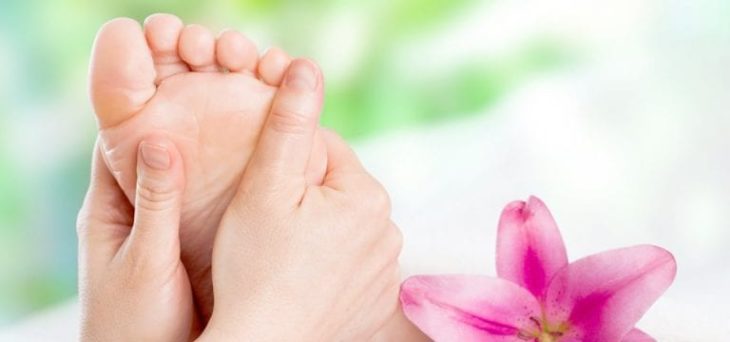If you have stumbled upon this article, it’s no wonder as there are so many foot health problems that if we started listing every one of them, this article wouldn’t be enough, and you probably have or will have one of them. Statistics are not enough for comparison either since many conditions are left unreported, even the severe and most prevalent conditions that cause substantial impacts, like rheumatoid arthritis. Since your foot and ankle have 26 bones and 33 joints, and they spend almost entire life keeping the whole of your body firmly to the ground, whether you stand, walk or run, you are ought to have some problems at least once in your lifetime. We will show some of the potential foot problems and solutions, but you should keep in mind visiting an orthopedic foot and ankle specialist for serious issues.

sOURCE: ascentfootwear.com
Contents
Skin and Toenail problems
Smelly and sweaty feet are quite irritating, but sometimes you just can’t avoid it. If you know that it is going to be a long day, bring an extra pair of socks (preferably, wear cotton socks to draw moisture away) and dry the shoes as much as you can between wearing. Avoid buying nylon socks and plastic shoes, especially shoes that are not dry fit. You may ask yourself why? Well, sweaty feet cause rashes, eczema, and maybe the worst of all, athlete’s foot, caused by fungus infection that is treated with powders, lotions, and foot hygiene. Other irritations that are caused by unfitting footwear are calluses, blisters, and corns, and some irritations may require medical attention.
Another external factor can be toenails. If you cut too much or if you cut cuticles, you may have a problem with ingrown toenails. When it comes to nails, onychomycosis is a name for nail infections. If your nail looks brownish or yellowish, with little white patches, and if it is flaky, ragged or chipped, you may have nail fungus. Toenails can get so thick that they may cause pain by wearing shoes, or they can also be separated from the nail bed (onycholysis). Treating these conditions is quite difficult, it can take three months or even more, so you better watch out.

Source: Chiropody Clinic
Fractures, Sprains, Corns and Bunions
Ankle sprains are more common than foot sprains, but people tend to ignore stubbed toes, swellings, and discolorations, which may lead to severe problems if mistreated. But not all swellings are Bunions. Bunions, or hallux valgus, is a bump of the great toe, shows up if you wear shoes that are too tight, squeezing it toward the little toes. So to prevent symptoms, wear sandals or accommodative shoes, or discuss with the specialist if the operation is necessary. Another problem that may arise if the shoes are too tight is Corns, which result when the skin is being squeezed between bones and shoes.
Continuing to walk after having an ankle sprain can be especially troublesome because it can lead to chronic ankle instability if initial immobilization is not done correctly” – says Dr. Velimir Petkov, a board-certified podiatrist at Premier Podiatry.
Other
Warts are skins reaction to viral and chronic infections, and a usual occurrence but they don’t necessarily happen due to external factors. They can be extremely dangerous, especially black and brown warts since they can indicate a type of cancer.
Heel pain rarely requires surgery, but it can be painful, and in serious cases, require injections and therapies. But it is enough to rest, stretch, heat and change the footwear.
Neuromas can occur anywhere in the body, but the irritation of the nerves can happen in your feet and cause swellings. Usually, you should change footwear or wear healing pads.
Source: eastkentfootcare.co.ukLooking for a podiatrist?
Athlete’s foot or Nail Fungus? Arthritis or Ingrown Toenail? Warts, Bunions, Calluses, whatever brings you pain, Premier Podiatry can heal! With Premier Podiatry and their cutting-edge foot and ankle solutions and technologies, Velimir Petkov, DPM offers regenerative therapies, K-Laser, PRP, Surgeries, and any other solutions for your foot problem.
And check out their free book called “THE TOP 10 THINGS YOU SHOULD KNOW BEFORE CHOOSING A PODIATRIST” for additional information.
